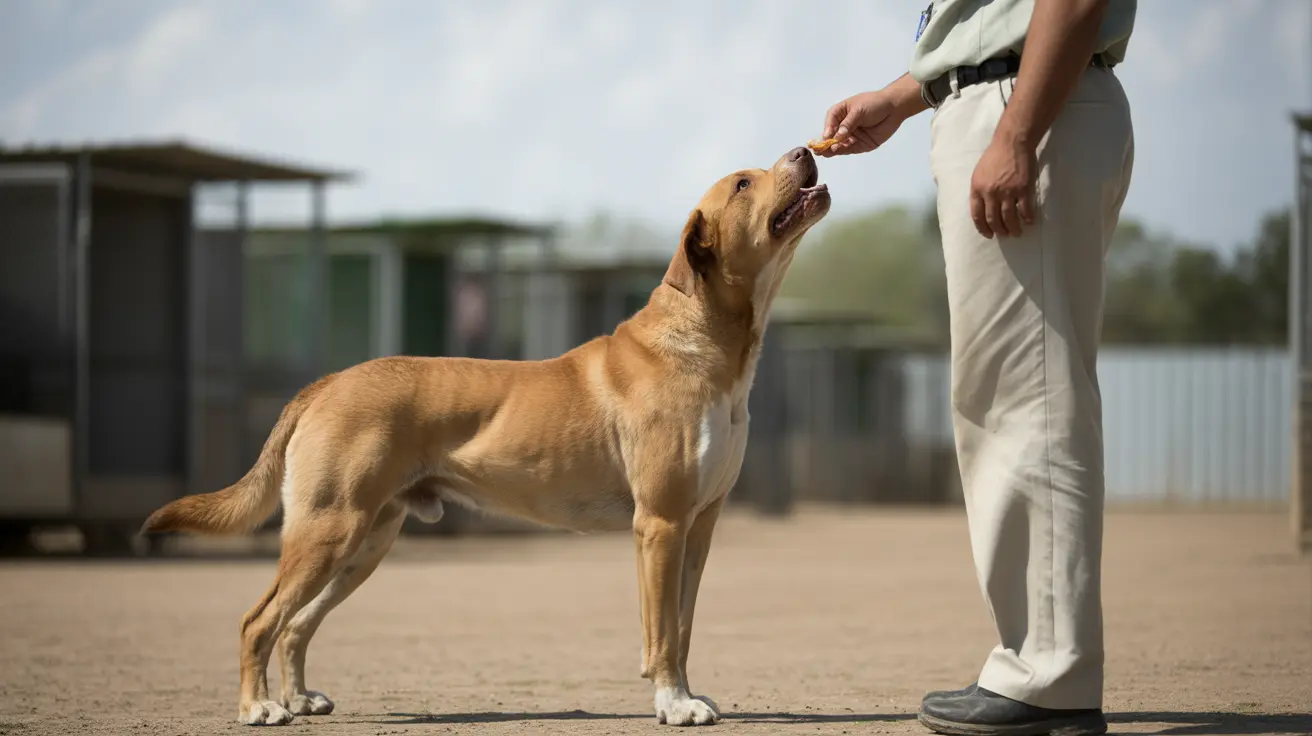When your furry friend develops dog hives, it can be both concerning and confusing. These sudden, itchy welts (also known as urticaria) can appear anywhere on your dog's body and often signal an allergic reaction. While usually not life-threatening, understanding what causes hives and how to respond is crucial for every dog owner.
In this comprehensive guide, we'll explore everything you need to know about dog hives, from identifying symptoms to effective treatment options and prevention strategies. Whether you're dealing with a current outbreak or want to be prepared for future incidents, this information will help you make informed decisions about your pet's health.
Understanding Dog Hives and Their Appearance
Dog hives typically manifest as raised, round welts on the skin that can appear and disappear quickly. These welts may be red or pink and can range from the size of a pencil eraser to several inches in diameter. They often occur in clusters and can move around to different areas of the body within hours.
The most common areas affected include:
- Face and muzzle
- Neck and chest
- Stomach and groin
- Legs and paws
- Inside the mouth and around the eyes
Common Triggers and Causes
Various factors can trigger hives in dogs, with some being more common than others. Understanding these triggers is essential for prevention and management:
Environmental Allergens
- Insect bites or stings
- Pollen and plant materials
- Dust mites and mold spores
- Chemical irritants and cleaning products
Food-Related Triggers
- New food ingredients
- Food additives
- Protein sources (beef, chicken, dairy)
- Artificial preservatives
Medical Causes
- Vaccine reactions
- Medication side effects
- Shampoos and topical treatments
- Seasonal allergies
Recognizing Warning Signs
While some cases of hives are mild and resolve on their own, others require immediate veterinary attention. Watch for these warning signs:
Mild Symptoms
- Visible raised welts
- Mild itching
- Slight redness
- General discomfort
Severe Symptoms Requiring Emergency Care
- Facial swelling
- Difficulty breathing
- Excessive drooling
- Lethargy or collapse
- Vomiting or diarrhea
Treatment Approaches
The treatment for dog hives varies depending on the severity of the reaction and the underlying cause. Your veterinarian may recommend:
Immediate Relief
- Antihistamines (prescribed by your vet)
- Cold compresses
- Oatmeal baths
- Removal from the allergen source
Long-term Management
- Allergy testing
- Dietary modifications
- Environmental changes
- Preventive medications
Prevention Strategies
While not all cases of hives can be prevented, several steps can reduce the risk:
- Keep a detailed record of triggers
- Maintain a consistent diet
- Regular grooming and cleaning
- Use pet-safe household products
- Schedule regular veterinary check-ups
Frequently Asked Questions
What do hives look like in dogs and how can I tell if my dog has them?
Dog hives appear as raised, round welts on the skin that may be red or pink. They can appear suddenly and often occur in clusters. The affected areas might be itchy, and you may notice your dog scratching or showing signs of discomfort. The welts can vary in size and may appear and disappear in different areas of the body.
What are the most common causes of hives in dogs?
The most common causes include insect bites or stings, food allergies, environmental allergens (like pollen or mold), medication reactions, and contact with irritating substances. Some dogs may also develop hives in response to extreme temperatures or stress.
How can I treat hives on my dog at home and when should I see a vet?
For mild cases, cool compresses and vet-approved antihistamines may help. However, you should seek immediate veterinary care if your dog shows signs of facial swelling, difficulty breathing, or severe distress. Never administer human medications without veterinary approval.
Are dog hives dangerous or should I be worried about severe swelling?
While most cases of hives are not dangerous, severe swelling, especially around the face or throat, can be life-threatening. If you notice significant swelling or breathing difficulties, seek emergency veterinary care immediately.
How can I prevent my dog from getting hives in the future?
Prevention involves identifying and avoiding known triggers, maintaining a consistent diet, using pet-safe products, and regular veterinary check-ups. Keep a log of incidents to help identify patterns and potential allergens.
Remember, while hives in dogs can be concerning, most cases respond well to prompt treatment. Always consult with your veterinarian for proper diagnosis and treatment, especially if your dog experiences recurring episodes or severe symptoms.






